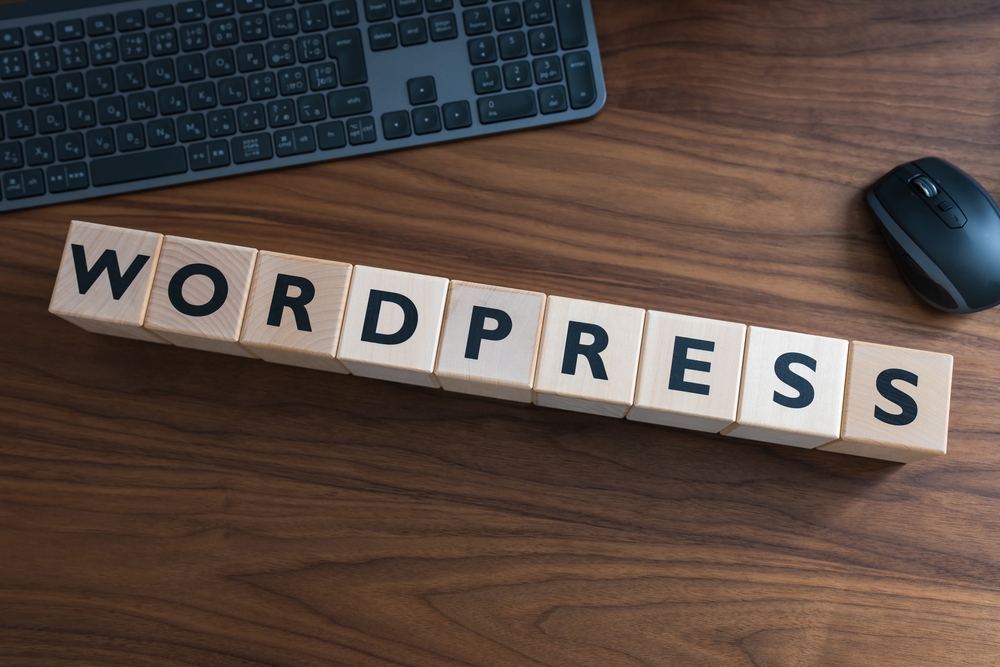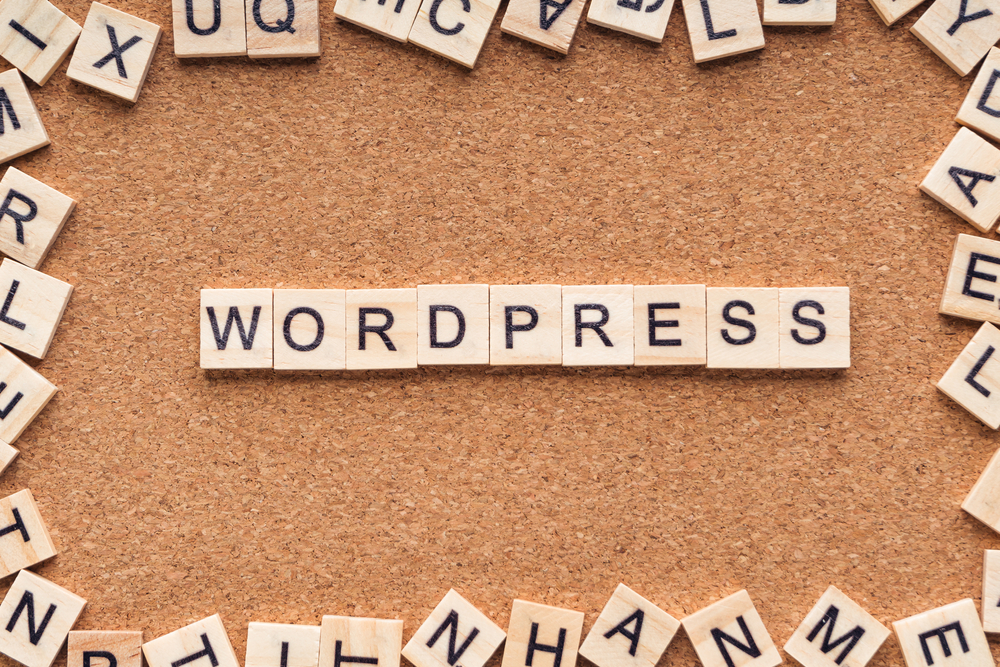
Mastering WordPress Website: Top Tips & Tricks for Customization and Maintenance

WordPress (the platform for bloggers) has emerged as one of the most popular and user-friendly content management systems for building websites. Whether you are a beginner or an experienced user, there are always new tips and tricks to learn when it comes to customizing and maintaining a WordPress (the blogging platform) website. In this article, we will explore some of the best practices and techniques to help you master the art of WordPress (or WP) customization and maintenance.
1. Choose a Reliable Theme
The first step in creating a visually attractive and functional WordPress (WP) website is to choose the right theme. There are thousands of free and premium themes available for WordPress , but not all of them are created equal. Look for a theme that suits your website's niche, offers good support, and has a clean codebase. A well-designed theme will provide a solid foundation for customization and enhance the user experience.
2. Customize Your Theme
Once you have selected a theme, it's time to customize it to make your website unique. WordPress offers various customization options, including the Customizer tool that allows you to modify your website's appearance in real-time. You can easily change colors, fonts, layouts, and other visual elements without any coding knowledge. Additionally, you can add custom CSS code or use a child theme to make advanced modifications.
3. Install Essential Plugins
Plugins extend the functionality of WordPress, allowing you to add features and improve your website's performance. However, it's important not to go overboard with plugin installations, as they can slow down your site. Choose plugins that are essential for your website's needs, such as Yoast SEO for search engine optimization, WooCommerce for an online store, or Contact Form 7 for creating contact forms. Regularly update your plugins and remove any unnecessary ones to keep your website optimized and secure.
4. Optimize Your Website for Speed
Website speed is crucial for user experience and search engine rankings. WordPress provides several ways to optimize your website's speed. Start by selecting a reliable hosting provider that offers fast servers. Compress and optimize your images using plugins like Smush or Imagify. Install a caching plugin like W3 Total Cache or WP Super Cache to reduce server load and load times. Minify your CSS and JavaScript files to decrease file sizes and improve page load times. Regularly test your website's speed using tools like Google PageSpeed Insights or GTmetrix and make necessary adjustments.
5. Regularly Back up Your Website
Backing up your WordPress website is essential to prevent data loss in case of hacking, server crashes, or accidental deletions. There are numerous backup plugins available, such as UpdraftPlus or BackWPup, that automate the backup process. Set up a schedule to create regular backups and store them securely in offsite locations like cloud storage. Also, test your backup files to ensure their integrity and usability.
6. Keep Your Website Secure
WordPress is a popular target for hackers, so it's vital to take security measures to protect your website. Start by choosing a strong login password and consider using a password manager to generate and securely store your credentials. Regularly update WordPress core, theme, and plugin files to patch any vulnerabilities. Install a security plugin like Wordfence or Sucuri to add an extra layer of protection. Monitor your website for suspicious activity and enforce two-factor authentication for added security.
7. Optimize for Search Engines
Search Engine Optimization (SEO) is crucial for driving organic traffic to your website. WordPress comes with built-in SEO features, but to fully optimize your website, consider using an SEO plugin like Yoast SEO or All in One SEO Pack. These plugins allow you to optimize your content for keywords, create XML sitemaps, and add meta tags. Conduct keyword research using tools like Google Keyword Planner or SEMrush to identify relevant keywords that can boost your website's visibility in search engine results.
8. Utilize Widgets and Custom Sidebars
Widgets are small modules that add functionality and content to your website's sidebars or other widget-ready areas. WordPress offers many built-in widgets for displaying search bars, recent posts, social media icons, and more. Additionally, you can install custom widget plugins like SiteOrigin Widgets Bundle or Widget Logic to enhance your website's widget options. Creating custom sidebars with relevant widgets can add a personalized touch and improve user engagement.
FAQs
Q1: How can I customize the header and footer of my WordPress website?
A1: To customize the header and footer of your WordPress website, you can either modify the theme's header.php and footer.php files or use a page builder plugin that allows visual customization of these sections.
Q2: Can I change my WordPress theme without losing my content?
A2: Yes, switching themes in WordPress does not delete or modify your content. However, different themes may have different options and layouts, so you may need to reconfigure certain aspects after changing the theme.
Q3: What should I do if my WordPress website gets hacked?
A3: In case of a WordPress hack, isolate the affected website, change all passwords, restore a clean backup, and update all themes and plugins to their latest versions. Implement additional security measures to prevent future attacks.
Q4: How often should I update my WordPress website?
A4: It is recommended to keep your WordPress core, themes, and plugins up to date. Regularly check for updates and perform them as soon as they are available. This helps patch security vulnerabilities and ensures compatibility with the latest WordPress version.
Q5: Can I use WordPress to create an e-commerce website?
A5: Yes, WordPress offers various e-commerce plugins such as WooCommerce, Easy Digital Downloads, and WP eCommerce. These plugins provide all the necessary features for setting up and managing an online store using WordPress.
Mastering WordPress customization and maintenance requires continuous learning and implementation of best practices. By following the tips and tricks mentioned in this article, you can create a visually appealing and fully functional WordPress website that stands out from the crowd. Embrace the power of WordPress and unleash its full potential to grow your online presence.
Other useful resources
- https://www.wordpress24plus.com/wordpress-tools-directory/wordpress-themes/
- https://www.wordpress24plus.com
- https://en.wikipedia.org/wiki/WordPress